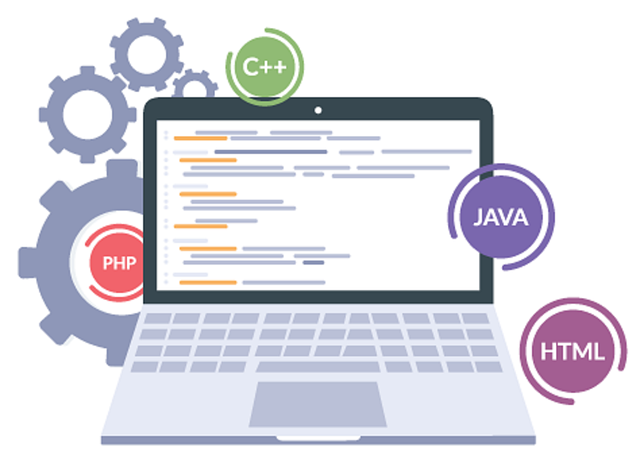Chatbots and conversational interfaces have become increasingly popular in web development in recent years.
These tools are designed to facilitate natural language conversations between users and websites, providing a seamless user experience.
In this blog post, we will explore the benefits of chatbots and conversational interfaces in web development.
Benefits of Chatbots and Conversational Interfaces
- Improved User Experience
One of the main benefits of chatbots and conversational interfaces is the improved user experience.
These tools enable users to engage with websites using natural language, making it easier and more convenient for them to find the information they need.
By providing personalized responses to user queries, chatbots and conversational interfaces create a more human-like interaction with websites.
- Increased Engagement
Chatbots and conversational interfaces are also great tools for increasing user engagement.
By providing personalized responses to user queries, these tools encourage users to continue interacting with websites, increasing the likelihood that they will stay on the site longer and return in the future.
- Cost-Effective
Chatbots and conversational interfaces are also cost-effective tools for website owners.
By automating many of the tasks typically performed by human customer service representatives, these tools can reduce costs associated with customer support.
- 24/7 Availability
Another benefit of chatbots and conversational interfaces is their 24/7 availability.
Unlike human customer service representatives, chatbots and conversational interfaces can operate around the clock, providing support to users regardless of the time of day.
How Chatbots and Conversational Interfaces Work
Chatbots and conversational interfaces use natural language processing (NLP) technology to interpret user queries and provide appropriate responses. NLP is a branch of artificial intelligence (AI) that enables machines to understand and interpret human language.
Chatbots and conversational interfaces typically operate through a chat window or voice interface. Users can interact with these tools by typing messages or speaking into a microphone.
Chatbots and conversational interfaces rely on a database of predefined responses to provide appropriate answers to user queries. These responses can be programmed by web developers or generated using machine learning algorithms.
Best Practices for Developing Chatbots and Conversational Interfaces
- Understand User Intent
To develop effective chatbots and conversational interfaces, it is important to understand user intent.
This means identifying the types of queries users are likely to have and developing responses that address these queries.
Understanding user intent can also help to optimize the flow of conversations and ensure that users are provided with the information they need.
- Provide Personalized Responses
Personalized responses can greatly improve the effectiveness of chatbots and conversational interfaces.
By using user data to personalize responses, these tools can create a more natural and engaging interaction with users.
Personalized responses can also help to build trust and foster a stronger relationship between users and websites.
- Test and Iterate
As with any web development project, it is important to test and iterate chatbots and conversational interfaces.
This means regularly testing the tool with users and making adjustments based on feedback.
Testing and iterating can help to ensure that the tool is effective and user-friendly.
- Provide Clear Instructions
To ensure that users understand how to interact with chatbots and conversational interfaces, it is important to provide clear instructions.
This may involve providing prompts or suggestions for queries, or providing guidance on how to use the chat window or voice interface.
Conclusion
Chatbots and conversational interfaces are powerful tools for improving user experience, increasing engagement, and reducing costs for website owners.
By using natural language processing technology, these tools can facilitate natural language conversations between users and websites, providing a more human-like interaction.
When developing chatbots and conversational interfaces, it is important to understand user intent, provide personalized responses, test and iterate, and provide clear instructions.
